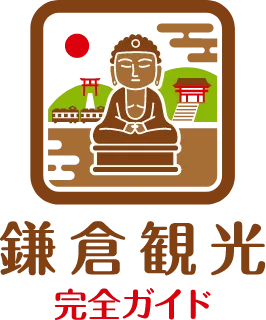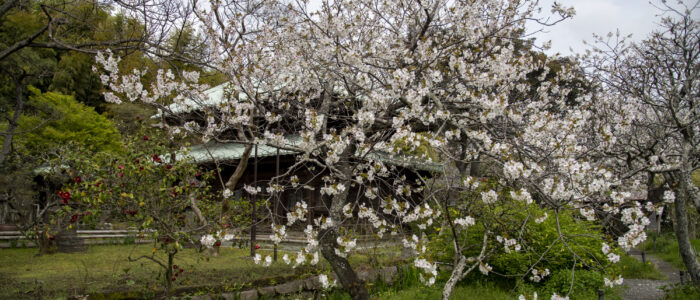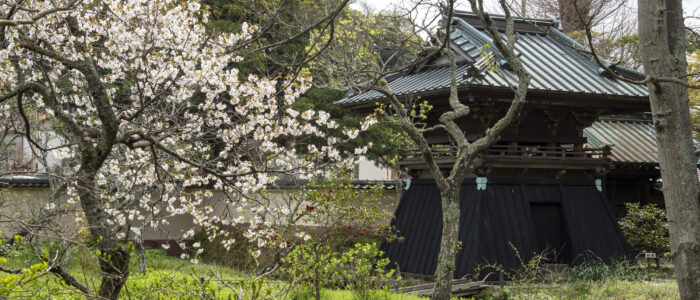Sakura at Eisho-ji Temple
The Charm and History of Eisho-ji
A famous landmark in Kamakura, Eisho-ji Temple offers a stunning seasonal view as spring arrives. Founded in the mid-17th century, this temple is renowned as the only nunnery in Kamakura and has earned a reputation as a “Temple of Flowers.”
Best Spots and Blooming Season
The sakura at Eisho-ji reaches its peak beauty from late March to early April, although the exact timing may vary depending on the weather. The temple grounds feature multiple cherry trees, with the particularly rare Usuzumi-zakura (light ink cherry blossom) in front of the Buddha Hall standing out as a highlight in Kamakura. Visitors can also admire Somei Yoshino and Yamazakura varieties, among others.
Scenic Photo Spots and Spring Views
Some of the best spots for viewing the sakura include the walking paths in front of the Buddha Hall and around the black bell tower. The cherry blossoms blooming along the temple walls create an elegant contrast against the white walls, making for a perfect photo opportunity. During the sakura season, azaleas also bloom alongside the cherry blossoms, further enhancing the beauty of spring.
The History and Significance of Sakura
Eisho-ji Temple has a deep connection with the Mito Tokugawa family, and for generations, women from the Mito Tokugawa lineage have served as the temple’s head priestesses. This historical background gives the temple’s sakura a unique and special significance.
Access and Visiting Recommendations
Eisho-ji is within walking distance from the west exit of Kamakura Station, and visitors can even enjoy views of the sakura from the JR Yokosuka Line train window. Since the temple can get crowded during the sakura season, visiting early in the morning or on a weekday is highly recommended.
The sakura at Eisho-ji is one of Kamakura’s iconic spring landscapes, providing an unforgettable experience for all visitors. As the “Temple of Flowers,” Eisho-ji offers seasonal beauty throughout the year, allowing visitors to fully appreciate the elegance of Japanese spring.
Toshi’s Evaluation
| Evaluation Criteria | Score | Reason |
|---|---|---|
| Scenic Beauty | 9 | The “Usuzumi Sakura” near the Buddha Hall and the cherry blossoms along the walls are stunning, with a unique color transition from white to ink-like hues when in full bloom. |
| Accessibility | 8 | Conveniently located about an 8-minute walk from Kamakura Station, but lacks parking, making it less accessible by car. |
| Historical Value | 10 | The only nunnery in Kamakura, with significant historical ties to Tokugawa Iemitsu and Ota Dokan. |
| Comfort | 7 | The grounds are quiet and pleasant, but it can get crowded during peak seasons, and facilities are somewhat limited. |
| Reviews | 8 | Highly rated on social media and review platforms for its cherry blossoms and other flowers, though some mention crowding as a drawback. |
Total Score: 42 Points
Eisho-ji stands out for its beautiful cherry blossoms and rich historical significance, making it a must-visit spot, especially in spring.


